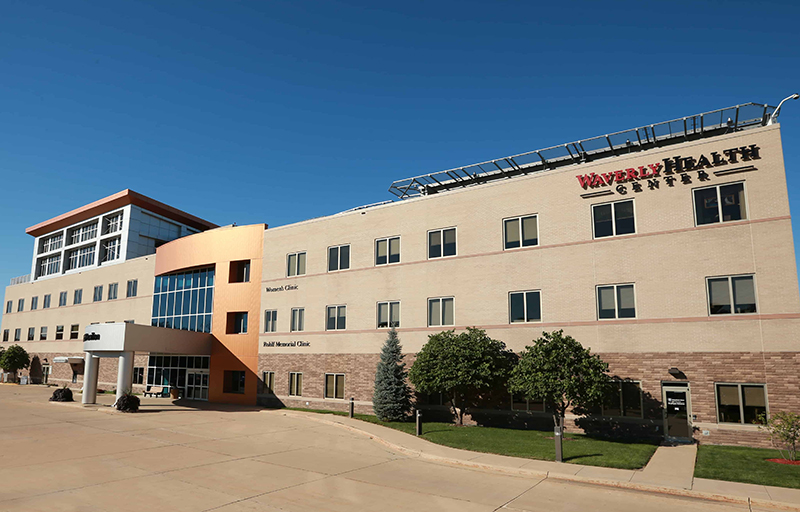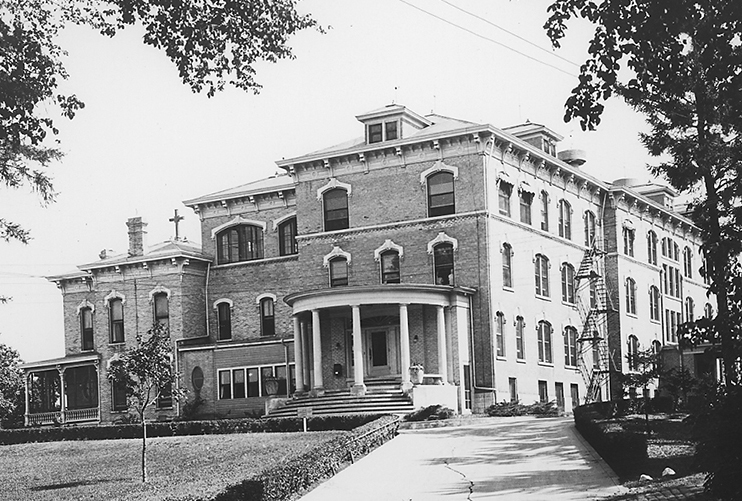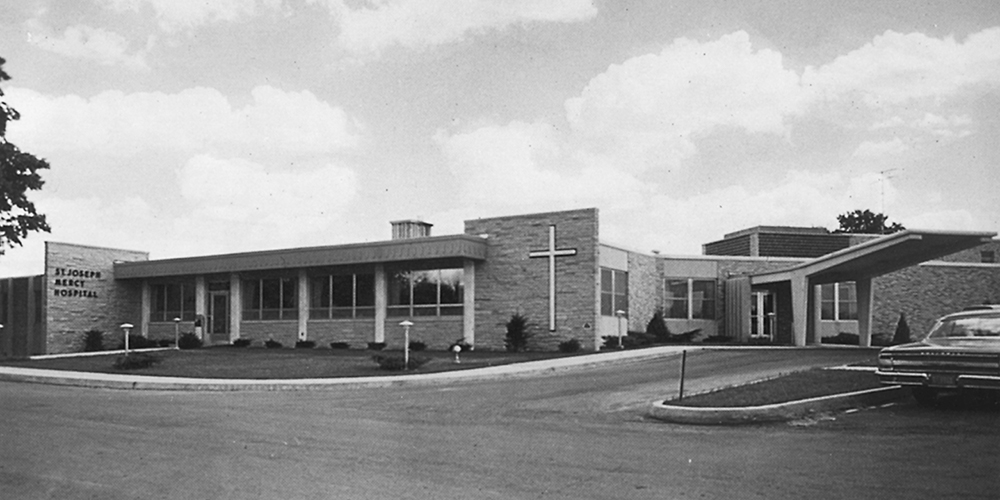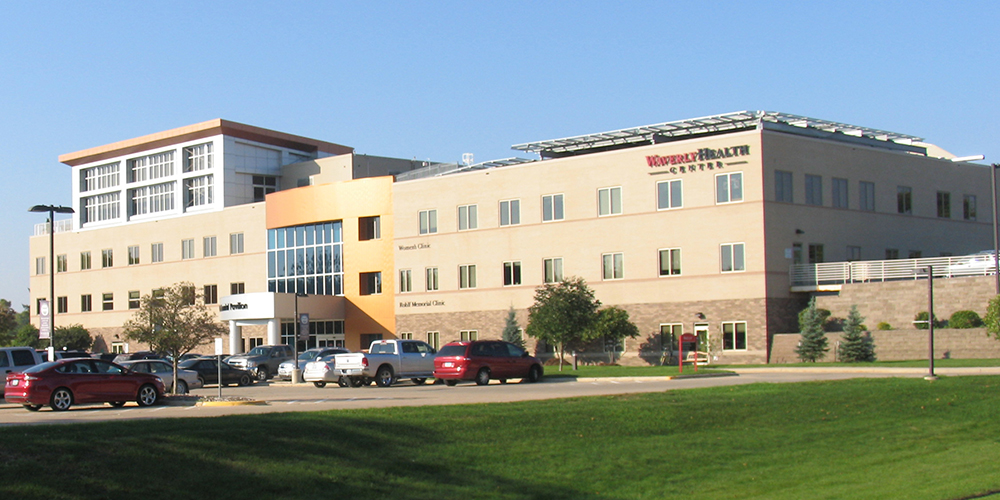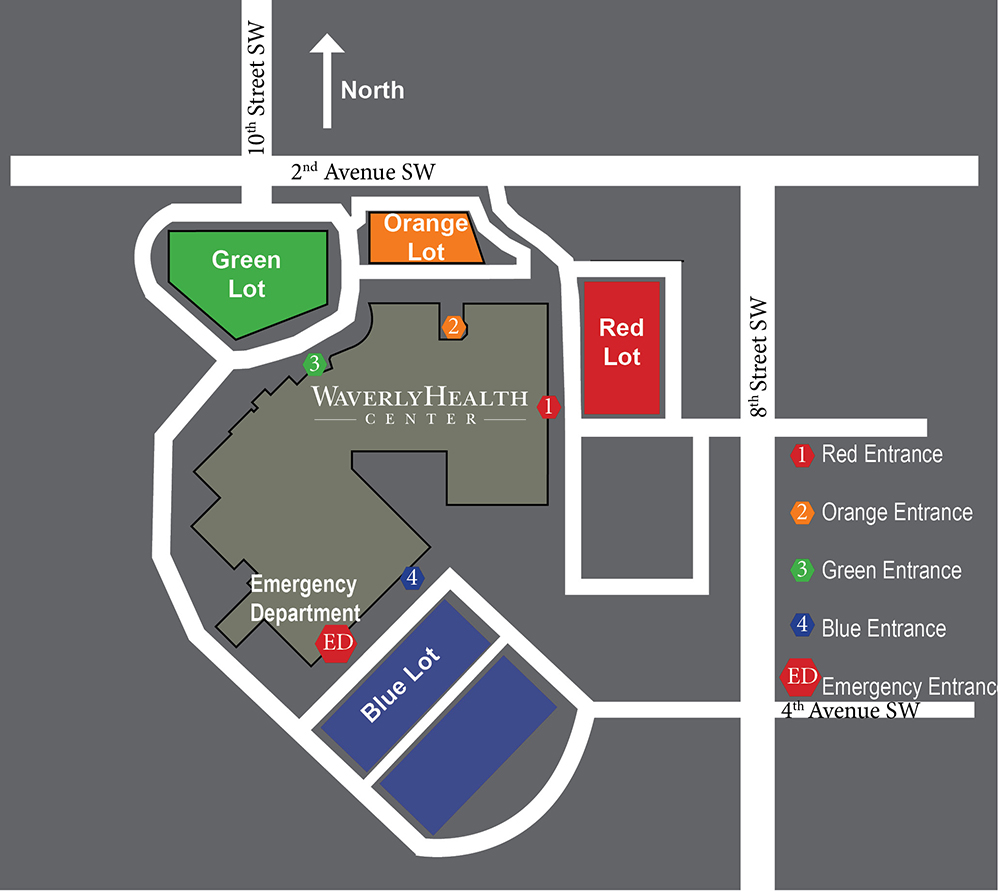A Legacy of Compassion
Located in northeast Iowa, Waverly Health Center’s mission is to provide high quality, person-centered health care. Our dedicated team of physicians, nurses and staff are committed to delivering personalized care that embodies the organizational values of compassion, enthusiasm, excellence, innovation, integrity and leadership.
This commitment is clearly supported through high patient, employee and medical staff satisfaction scores. WHC’s inpatient satisfaction scores rank it in the top 25% of hospitals in the nation and its HCAHPS scores are some of the highest among all U.S. hospitals.
Established by the community and for the community, our legacy is shaped by generation of staff, local partnerships and the trust of those we serve.
From the addition of clinics in Janesville, Shell Rock, and Nashua, to major facility enhancements like our emergency department and Centennial Pavilion, we are committed to meet the evolving health care needs of our community. Here is a glimpse of our journey:
2022
The building project comes to a close.
2021
The new emergency department opens in September. Work continues on the renovation.
2019
Construction begins on the new addition.
2016
WHC begins planning for a $36 million dollar addition and renovation project.
2015
Janesville Clinic opens.
2012
The new Shell Rock Clinic opens at 1001 Mason Way.
2011
The Lois Coonradt/Bolger Helipad opens for use.
2010
Christophel Clinic and Orthopedic Clinic open. WHC purchases Shell Rock Clinic.
2009
Walk-In Clinic opens.
2008
Tendrils Rooftop Garden and Community Arts Pavilion opens for community use.
2007
Noah Campus Health Clinic and Nashua Clinic open.
2005
Centennial Pavilion and Center Pharmacy open.
2004
Waverly Municipal Hospital becomes Waverly Health Center to reflect the continually expanding range of health care services offered on the campus. The Women’s Clinic opens.
2003
Construction begins on the Centennial Pavilion, a 96,000 square foot, three-story addition on the east side of the hospital.
1999
Approval is passed by the Waverly City Council and the WMH Board of Trustees to proceed with plans for an addition to be constructed. The planned new addition will provide 23,000 square feet of new and remodeled space for surgeon’s clinics, medical specialty clinics, therapy departments, home health, cardiac rehabilitation and health promotion.
1997
The General Surgery Clinic opens.
1994
Construction is under way for the second new addition to WMH. The 28,000 square foot, $2.8 million addition and renovation project is complete and is designed to enhance the hospital’s ability to provide for the increasing demands of outpatient care. Hospital-based home health nursing services begin. The purchases of a C-arm x-ray machine and EKG stress testing equipment and the startup of mobile Magnetic Resonance Imaging (MRI), Stereotactic Breast Biopsy and Bone Density services are added for improved services at WMH.
1992
The health promotion center and therapeutic pool begins operation.
1991
Plans are made for additions to WMH. The first addition is to construct an orthopedic/physical therapy building and the north and east parking lots. The second phase includes renovation and expansion of the outpatient services area. Orthopedic/physical therapy addition is completed.
1987
A City owned, Hospital operated ambulance service becomes a reality. The Waverly Municipal Hospital Foundation begins operation.
1975
The Sisters of Mercy sells the hospital to the City of Waverly. The new hospital is named Waverly Municipal Hospital.
1964
With the help of community contributions, a Hill-Burton federal grant and the Auxiliary playing an active role in community fundraising, a new 45-bed hospital is constructed.
1914
An addition is added. The hospital now holds 50 beds in three stories.
1904
St. Joseph Mercy Hospital is founded by the Sisters of Mercy

